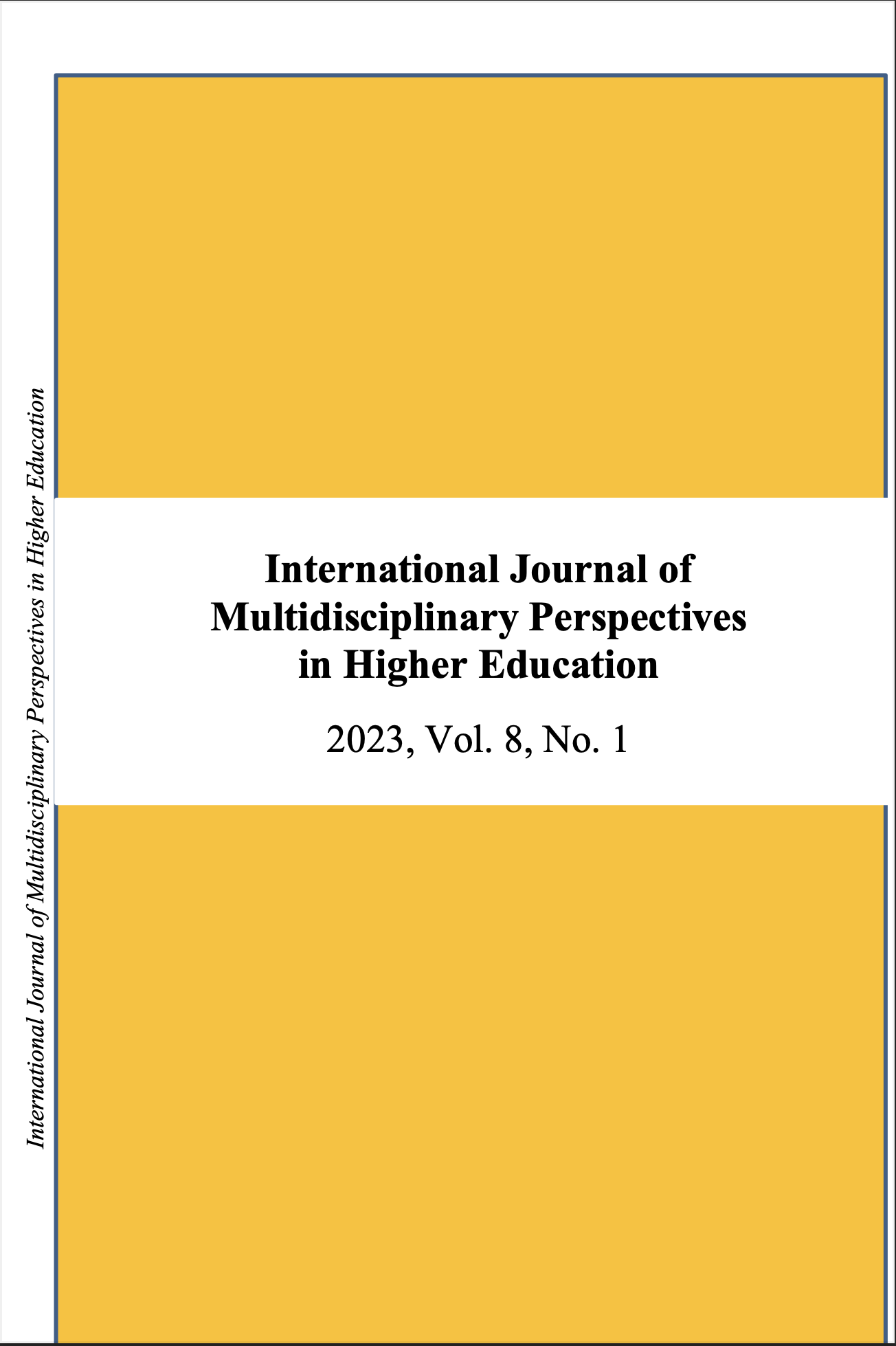Decoding Japanese University Classroom Etiquette Through Purpose-Built Questionnaire as a Research Instrument
DOI:
https://doi.org/10.32674/jimphe.v8i1.4941Keywords:
university classroom etiquette, student classroom behaviors, Factor Analysis, correlation analysisAbstract
While previous studies have indeed provided insights into classroom etiquette, most research has been explored by scholars observing in small groups of students. They have failed to explore classroom etiquette in a large sample. They have also generalized their findings due to the lack of a valid and reliable instrument with which to conduct survey research. The present study addressed this gap by developing and validating a questionnaire that measures students’ self-perceptions of classroom etiquette. The study ran a series of factor analyses on a combination of self-report measures in a sample of N=113 university students. The results of this series of factor analyses revealed four underlying factors labeled: Misbehaviors, Disengagement, Apprehension, and Silent class behavior. The relationships between these factors were further investigated using Spearman’s rho correlations analysis, and among the most remarkable results was a high degree of association between Apprehension and Silent class behavior. This relationship was further explored through in-depth interviews with ten university students. The significant findings showed that although the interviewees reported having a positive image of students who expressed personal views during class, most of them preferred to remain silent. They felt afraid of making mistakes and embarrassed to appear ignorant if they made inquiries or provided incorrect answers. Furthermore, Silent class behavior played an essential role in classroom etiquette, and it therefore should not be seen as an offensive action but more that of a face-saving action used by students to prevent damage to their self-reputation.






